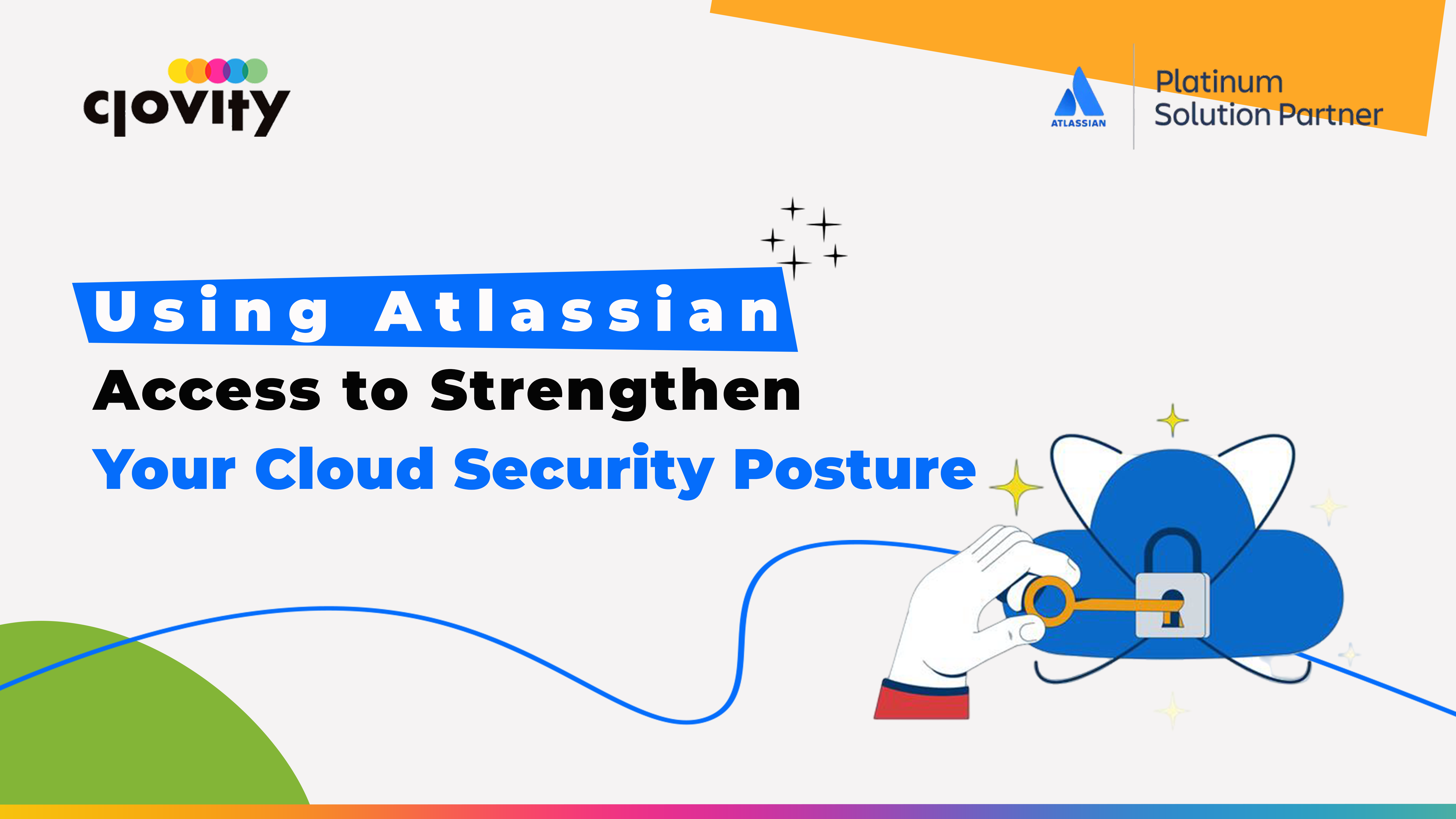Cloud adoption brings agility—but also responsibility for user access, data protection, and compliance across multiple tools. As teams rely more on Jira, Confluence, and Bitbucket in Atlassian Cloud, securing access becomes a priority.
Atlassian Access is a centralized identity and security management solution that lets IT and security teams enforce consistent policies, integrate with enterprise identity providers, and gain visibility across all Atlassian cloud products. Below, we explore its features, benefits, and implementation steps for a stronger security posture.
What Is Atlassian Access?
Atlassian Access is a subscription service offering enterprise-wide security and administration across Atlassian cloud products. By verifying your organization’s email domains, you centralize user management and apply policies at the organization level—beyond individual product permissions.
Why Centralized Access Management Matters
- Inconsistent authentication protocols
- Limited visibility into user access
- Manual onboarding/offboarding and orphaned accounts
- Compliance-reporting gaps in regulated industries
- Slower threat response due to scattered logs
Atlassian Access unifies authentication, directory sync, audit logging, and security policies into a single admin plane.
Key Features of Atlassian Access
- Single Sign-On (SSO): SAML-based SSO via Okta, Azure AD, Google Workspace, OneLogin, and more; one corporate credential across all Atlassian products.
- Automated User Provisioning (SCIM): Sync users and groups from your IdP; auto-add/remove users and update group memberships.
- Enforced Two-Factor Authentication (2FA): Mandatory 2FA for all managed accounts—adds a second verification factor.
- Organization-Wide Audit Logs: Centralized tracking of logins, group changes, and policy updates; filter, search, and export.
- Shadow IT Detection: Identify unmanaged Atlassian usage under your domain and consolidate accounts.
How Atlassian Access Strengthens Security
- Reduce human error with SCIM automation.
- Enforce consistent SSO and 2FA across products.
- Accelerate incident response via centralized logs.
- Simplify compliance with audit-ready controls.
- Maintain data residency and corporate ownership of domains.
Steps to Get Started
- Verify your email domain in the Atlassian Admin console.
- Configure SSO & SCIM with your IdP and pilot with a test group.
- Audit existing accounts to consolidate shadow or duplicate users.
- Define access policies for SSO-only logins and mandatory 2FA.
- Monitor audit logs regularly and refine policies as needed.
Common Use Cases by Team
- IT & Security: Centralize identity management, enforce policies, and audit activity.
- HR & People Ops: Automate onboarding/offboarding and zero-day provisioning changes.
- Engineering: Tie code and project access to corporate identity; reduce shared credentials.
Why Atlassian Access Makes Sense for Growing Teams
At 20 users, manual controls may suffice—but at 200 or 2,000, you need consistent policies, reduced IT overhead through automation, and audit-ready compliance. Atlassian Access bridges usability and security across all cloud products.


